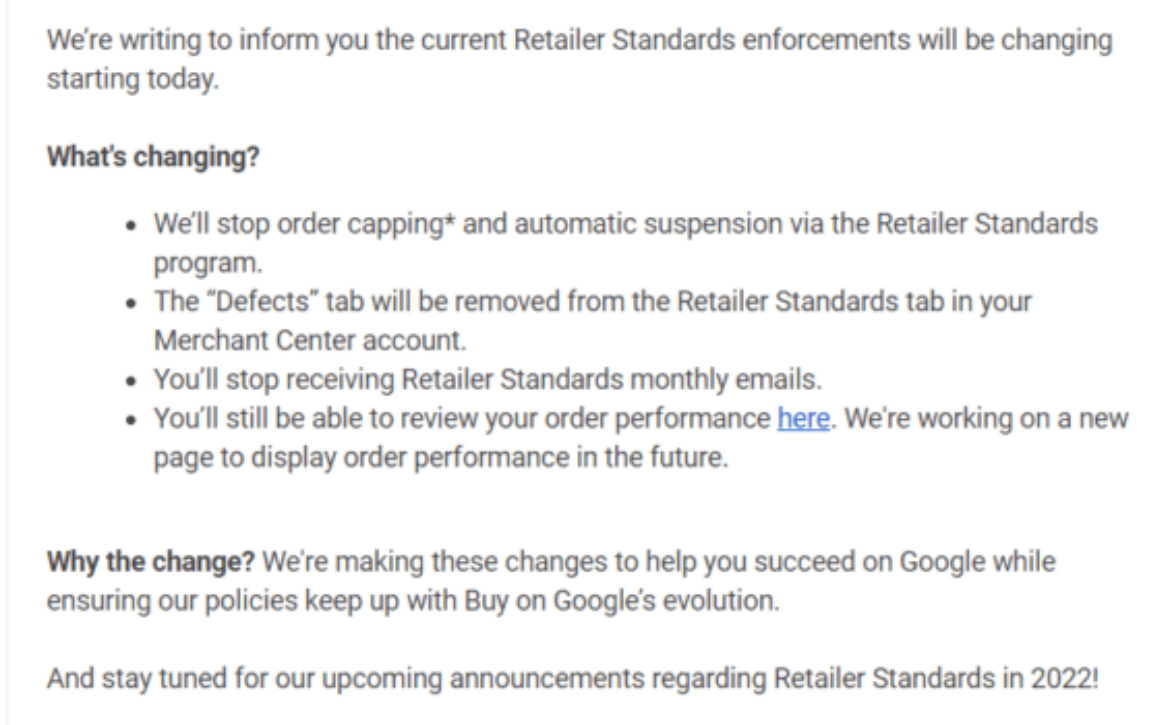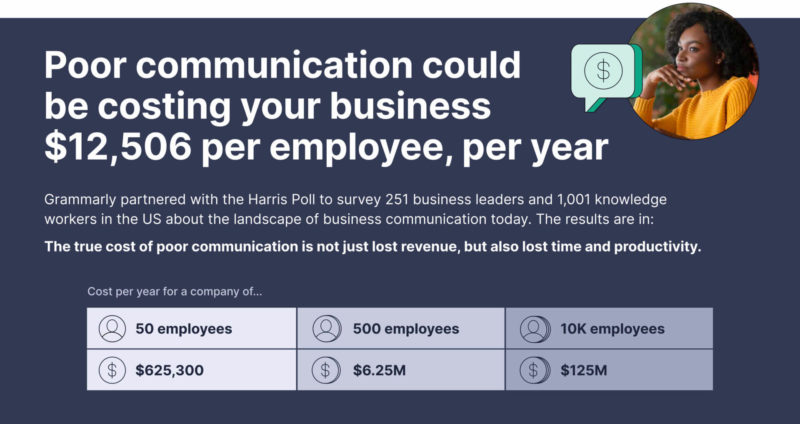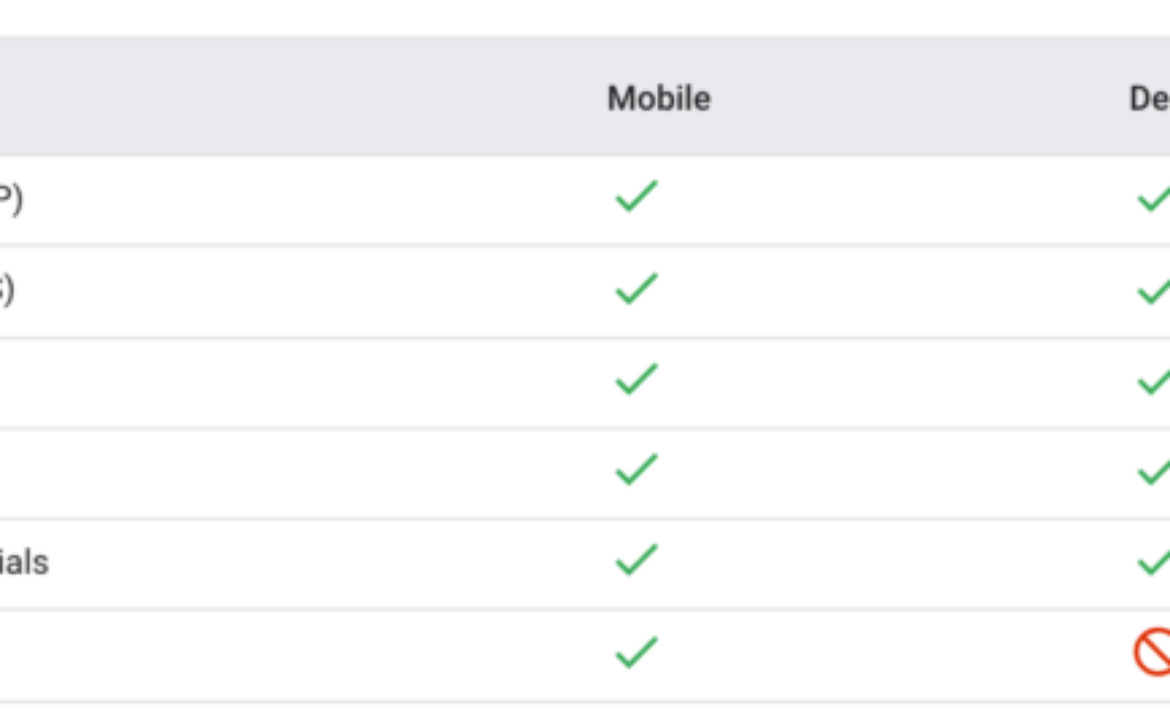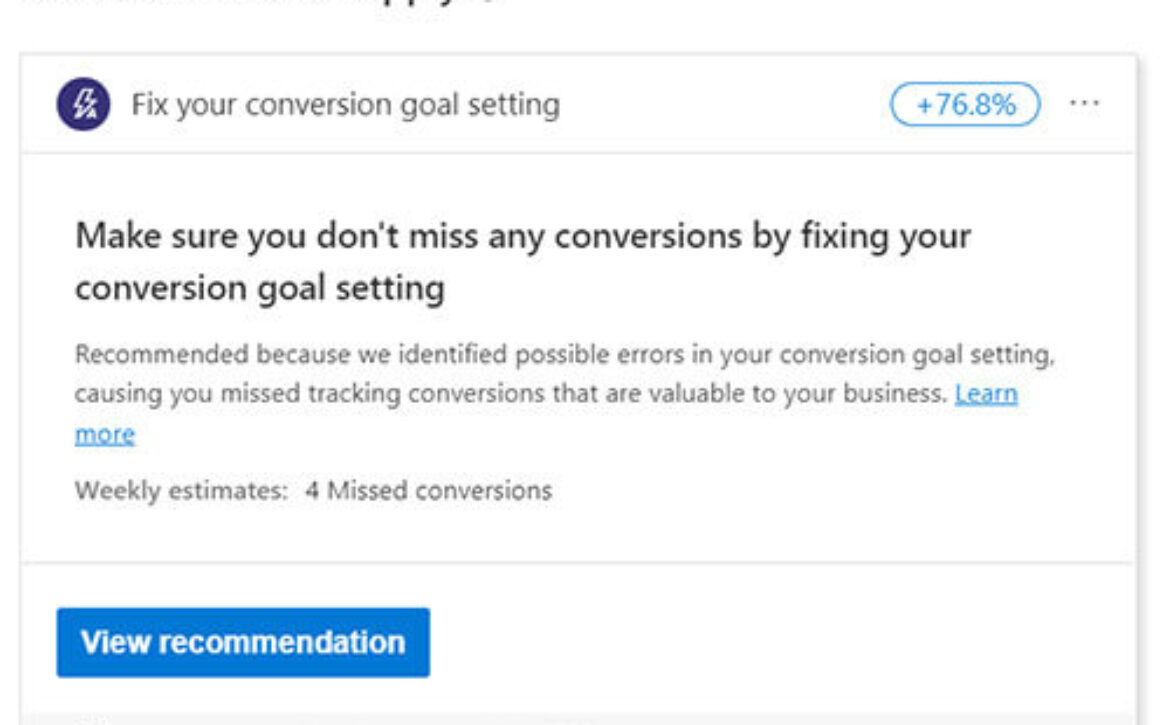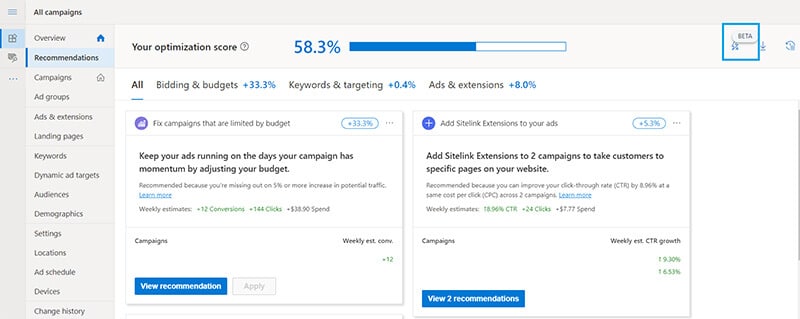Why Mortgage Marketing Fails
You watched the tutorials, read the how-to’s, and boosted your top Facebook posts for several weeks now. Yet still, your mortgage marketing efforts have failed to produce results. Truth be told, marketing is partly an experiment, and sometimes, a particular marketing campaign just doesn’t work. However, there are plenty of instances where marketing campaigns fail when they shouldn’t have.
Read on to learn the most common reasons mortgage marketing fails –and what you can do about it!
Tops Reasons That Mortgage Marketing Strategies Fail
Unclear Objective Or How To Measure It
The first common mistake made in mortgage marketing is not defining the objective or having too many objectives on a single campaign. Along the same lines is failing to determine whether meeting just one of those goals equates to success or failure.
The best marketing campaigns have a single measurable objective that allows you to develop a plan and outline what success looks like. While being stringent about your objective can seem counterintuitive (being flexible will widen the possibilities, right?), the opposite is true. As it goes with any life’s goal, determining the goal and what success looks like will make it more likely that you’ll achieve it.
Application: A brokerage is expanding and is now licensed in a new state. They want to launch a campaign to create awareness of their brand and service to the new market (objective). They decide to run a video marketing campaign featuring high-value mortgage content discussing the buyers’ needs in that specific market. The video ads are set to run in their target location. Success is measured by video engagement, such as liking, sharing, commenting, or following.
Undefined Calls To Action
A call-to-action (CTA) lets the consumer know what to do next. After engaging with your ad, the prospect’s next logical question is, “now what?” Your CTA answers the question by telling them what to do next.
If your CTA is weak or missing altogether, your prospect won’t move forward. Likewise, if you have too many CTA options, they’ll be confused and are less likely to take any action.
Remedy this by establishing a single and well-defined CTA. Make sure the CTA is easy to find, and the task is simple enough for them to complete without challenges.
Application: An LO is running ads on Facebook to generate more leads. She pairs the smartly worded copy and attractive graphic with a CTA that says “Learn More.” Clicking through, the prospect is taken to a landing page with a few bullet points on the loan product and adds more sizzle with an offer (aka, the solution). She then has another CTA, “Your Homebuying Journey Starts Here,” with a simple lead capture form below.
Read this previous post for the Ultimate Call-To-Actions for Mortgage Pros
Insufficient Budget
The thing about setting a marketing budget is that it typically isn’t set at all. Like any other business expense, a marketing budget should be based on a percentage of the revenue. But all too often, companies will base their marketing budget on what they feel comfortable spending. The problem with not putting enough money to finance your marketing could mean not running your ad long enough or not reaching enough people to see results.
Application: One way to set your marketing budget is to review past revenue sheets and set aside a percentage for marketing. Allocating between 6.5% to 8.5% is the norm for established businesses. If your business is less than five years old, consider spending 10% to 12%.
Read this previous post on Reducing Loan Production Costs by 50%!
Relying On LOs or Interns To Do The Work
As mentioned earlier, marketing is partially an experiment, but handing off the experiment to a novice will make it doomed to fail. It’s also costly. So while there’s no guarantee that a particular campaign will succeed, a professionally crafted campaign based on metrics, solid theory, and past successes will likely yield positive results.
Application: Employ either an in-house marketer or hire a mortgage marketing agency to handle the planning and undertaking of the overall campaign. Social media marketing, creative, paid ads, video creation, and SEO content are critical marketing elements requiring professional development and execution. When it comes to the finer aspects of marketing, like building relationships and nurturing leads, let your LOs take the lead on that.
Read this previous post on Increasing LO Volume By Freeing Them From Marketing Responsibility
Customer Experience Is Subpar
Sometimes a business will think that the marketing campaign failed when in reality, it was the experience after the fact that was unable to get results. Challenging to navigate POS, a digital 1003 that isn’t mobile responsive, or an LO that didn’t respond to the lead fast enough are possible reasons outside of marketing that could make it seem as if your marketing isn’t working.
Remember that no amount of marketing will fix poor business operations or customer experience.
Application: If you haven’t already refined your digital mortgage transformation, do it now before adding any more money to your marketing budget. Your website, digital application, POS, mortgage mobile app, and every element in between must be working at the highest level of performance in both consumer and business-facing processes.
Read this previous post on Mortgage Touch Points and Creating An Exceptional Customer Experience Through Digital Means
Ready to level up your mortgage marketing and customer experience? Contact us today to learn more about our stackable digital mortgage tools and services –everything you need to grow your business in any market.




